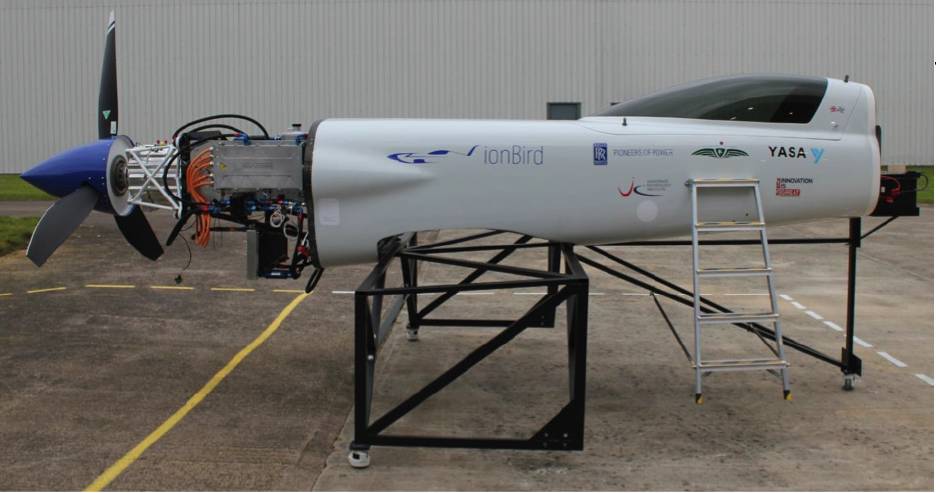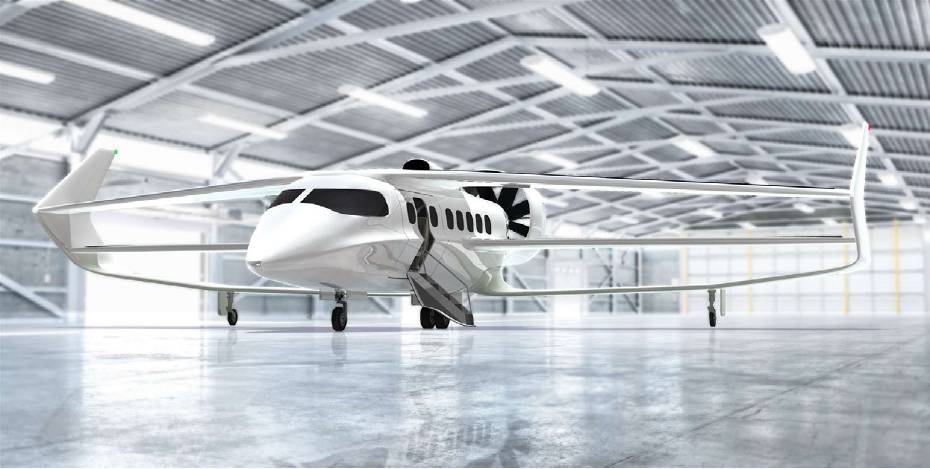GENERAL AVIATION RAeS Light Aircraft Design Conference
Travelling light
Electric innovation in light aviation was on the agenda at last year’s RAeS GA Light Aircraft Design Conference, held online in November, which also saw the winner of the Light Aircraft Design Contest announced. CHRIS WRIGHT reports.
 The APTOS BLUE winning submission to the 2020 RAeS international Light Aircraft Design Competition took its design cues from Burt Rutan’s Voyager to design a highly efficient eVTOL air ambulance. A2CAL
The APTOS BLUE winning submission to the 2020 RAeS international Light Aircraft Design Competition took its design cues from Burt Rutan’s Voyager to design a highly efficient eVTOL air ambulance. A2CAL
Last year’s annual RAeS General Aviation (GA) Design Conference continued last year’s theme: ‘Electrifying General Aviation’. The drivers for electrification are if anything stronger than ever before: the push towards greener aviation, and the pull of the continuing progress in electrical and electronic technology. The GA sector is ideally positioned for electric aircraft development with its ability to innovate cheaply. Also the energy density of lithium batteries is already sufficient to provide reasonable endurance with efficient airframes in air taxis and smaller regional transports. It is also ideal for short-duration activities, such as air racing, training, parachute dropping, glider tugging, glider power assist and more.
Battery power alone is likely to remain impractical for medium and long-range GA and for all larger transport applications however, GA size vehicles are ideal for hybrid power system development. This challenge now needs to be addressed head-on.
Richard Glassock returned to open proceedings with an outline of electrification projects that he has worked on, including skydiving aircraft and a range extender, leading onto an account of his tourist leisure glider. His glider dream enlarges a sailplane layout to create a six or eight seat touring vehicle, electric-powered intermittently, for passengers to waft gently along with a superb view to enhance a meal or drink together or distract them from a meeting.
Richard also updated us on his electrification of a Cassutt Racer that he spoke about last year. Progress has been steady but slower than intended due to the pandemic.
Also returning from last year, Matheu Parr updated the conference on ACCEL progress. (ACCEL is the Rolls-Royce aircraft aimed at taking the world electric aircraft speed record.) The pandemic has also affected the ACCEL programme to a limited degree. The first flight has been delayed from late 2020 to early this year but progress has been good. Matheu described how extensive ionBird running has been achieved and very useful in ironing (ioning?) out issues and safely demonstrating the demanding high current operation. The Nemesis NXT aircraft has been modified to accommodate 6,000 specially packaged batteries and a triple motor power system which were described in some detail. However the project has gone beyond technology acquisition to be an exciting STEM opportunity to engage with tomorrow’s scientists and engineers. We look forward to the speed record attempt.
 Left: Richard Glassock’s touring glider proposal. Right: Freedom 71 – the Bangladesh Islamic University of Technology’s winning entry to the IMechE Humanitarian Drone competition 2020, a robust easy-to-assemble system.
Left: Richard Glassock’s touring glider proposal. Right: Freedom 71 – the Bangladesh Islamic University of Technology’s winning entry to the IMechE Humanitarian Drone competition 2020, a robust easy-to-assemble system.



